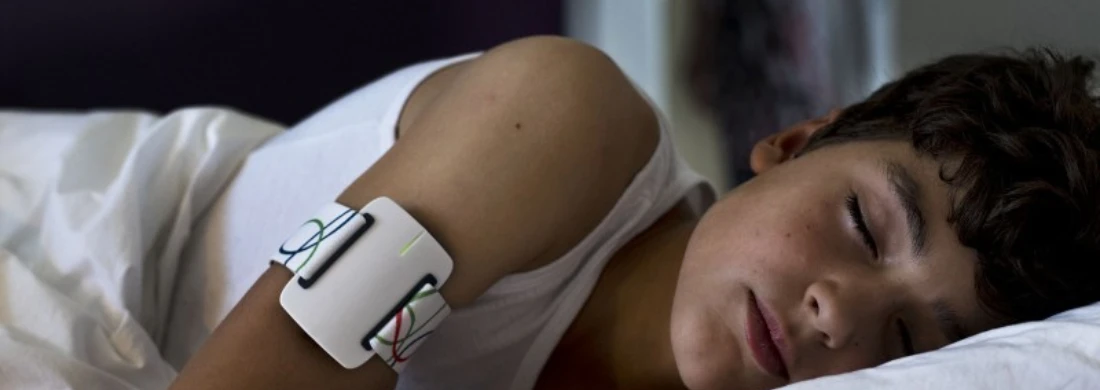Seizure detection: an alarm that recognizes seizures
Epileptic seizures can sometimes be automatically recognized using a device. Such a device detects seizures through the patient's movements, changes in heart rate, and/or sounds, and then triggers an alarm. Especially for patients with high-risk, sometimes life-threatening seizures, (nighttime) monitoring is necessary. This way, help can be provided in time during a severe seizure.
Is such a device suitable for me or my child?
There are various devices on the market, which unfortunately are often not covered by health insurance. Whether such a device is suitable for you or your child is not always immediately clear. Sometimes we can provide clarity on this during a consultation. During an admission, usually lasting several weeks, we can often determine which device, if any, is suitable for you or your child during nighttime seizures. The results from the recordings we then conduct can also reveal whether care and (nighttime) monitoring can be improved.
Example: armband for the upper arm
An example of a device that recognizes seizures is an armband for the upper arm with an associated alert system. This NightWatch detects seizures by measuring changes in heart rate and movement. Scientific research shows that NightWatch reliably detects seizures in 85 percent of cases for patients with severe and high-risk seizures. It also shows that the device usually produces very few false alarms. By this, we mean alarms that are unrelated to an epileptic seizure. If false alarms do occur, the device can cause more disruption than it provides benefits and peace of mind.
An overview of the possibilities.
Seizure detection is primarily an option for patients with a severe seizure profile. A comprehensive and up-to-date overview is available at www.epilepsie.nl/aanvalsdetectie.
